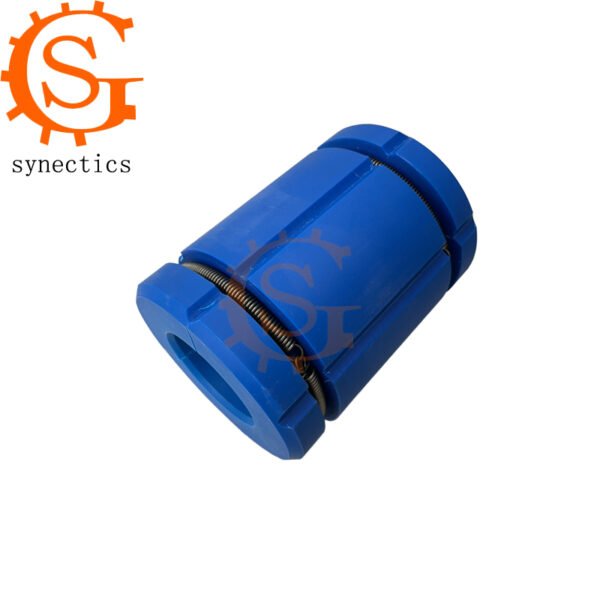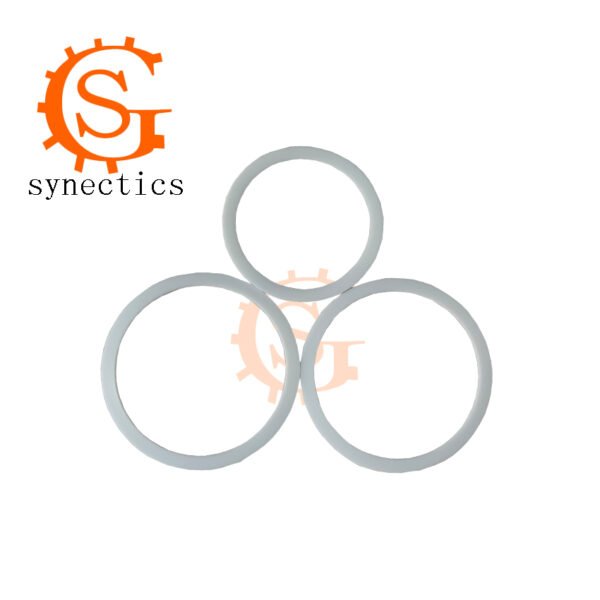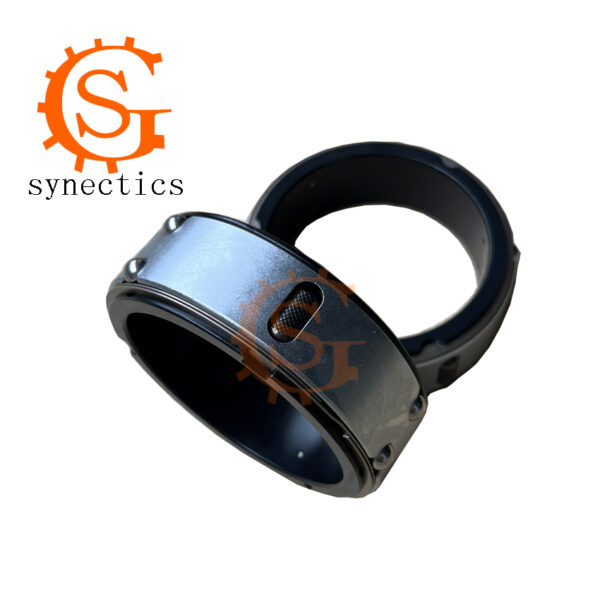winder shaft is a mechanical component used in various industries to facilitate the winding of materials such as thread, cable, wire, film, or paper onto spools, reels, or drums. Here’s a detailed breakdown:
Key Features and Functions:
1.Purpose:
– Transmits rotational force (torque) to wind materials efficiently and evenly.
– Ensures controlled tension and alignment during the winding process.
2. Common Applications:
– **Textiles**: Winds yarn or thread onto bobbins or spools.
– **Cable/Wire Manufacturing**: Coils cables or wires onto reels for storage or transport.
– **Printing/Film Industry**: Winds paper, film, or plastic onto rolls.
– **Mining/Hoisting**: Part of winches or hoists that wind heavy cables or ropes.
– **Automotive/Electronics**: Used in coil winding for motors, transformers, or springs.
3. **Design**:
– Typically a cylindrical rod made of durable materials (steel, aluminum, or composites).
– May include features like grooves, flanges, or clamps to secure materials.
– Often connected to motors, gears, or manual cranks for rotation.
4. **Industries**:
– Found in manufacturing, construction, entertainment (e.g., stage rigging), and energy (e.g., winding turbine cables).
Example Use Case:
In a textile factory, a winder shaft rotates to spool yarn onto a large reel, ensuring consistent tension and preventing tangles. In a winch system, it might wind a steel cable to lift or lower heavy loads.
Summary:
A winder shaft is a critical component in machinery requiring precise winding operations, enabling efficient material handling across diverse sectors.









No comment